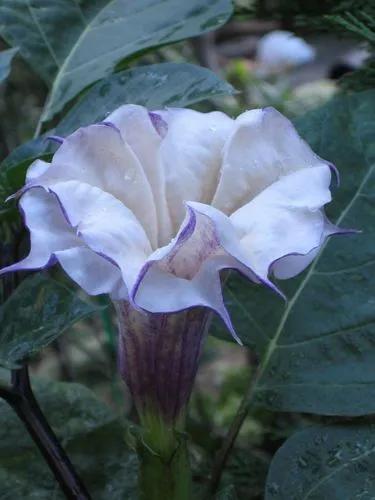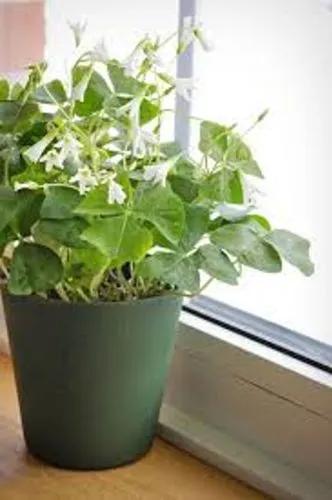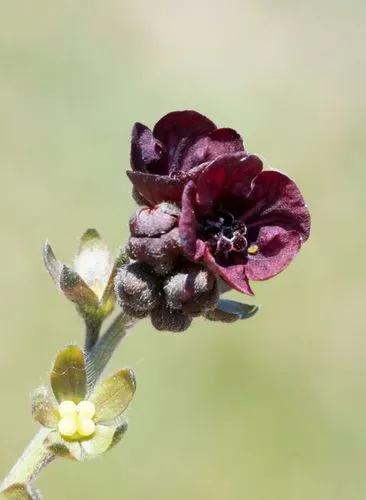Orchids are easily distinguished from other plants, as they share some very evident derived characteristics or synapomorphies. Among these are: bilateral symmetry of the flower (zygomorphism), many resupinate flowers, a nearly always highly modified petal (labellum), fused stamens and carpels, and extremely small seeds. Like most monocots, orchids generally have simple leaves with parallel veins, although some Vanilloideae have reticulate venation. Leaves may be ovate, lanceolate, or orbiculate, and very variable in size on the individual plant. Their characteristics are often diagnostic. They are normally alternate on the stem, often folded lengthwise along the centre ("plicate"), and have no stipules. Orchid leaves often have siliceous bodies called stegmata in the vascular bundle sheaths (not present in the Orchidoideae) and are fibrous. The structure of the leaves corresponds to the specific habitat of the plant. Species that typically bask in sunlight, or grow on sites which can be occasionally very dry, have thick, leathery leaves and the laminae are covered by a waxy cuticle to retain their necessary water supply. Shade-loving species, on the other hand, have long, thin leaves. Some orchids have single flowers, but most have a racemose inflorescence, sometimes with a large number of flowers. The flowering stem can be basal, that is, produced from the base of the tuber, like in Cymbidium, apical, meaning it grows from the apex of the main stem, like in Cattleya, or axillary, from the leaf axil, as in Vanda.
Cambria Orchid Care
Cambria Orchid
Other names: Cambria, Vuylstekeara Orchid, Vuylstekeara



How to Care for the Plant

Water

During the growing season, water daily or every other day. Be careful, though, because drainage is an absolute priority. The potting media must be perfectly free draining. The plants can also be grown on slabs or in baskets. Because oncidiums have large, fleshy pseudobulbs and masses of roots, they are prone to rot.1

Pruning

According to orchid experts, you should definitely not remove the roots. There's a good chance you'll harm the plant or introduce a dangerous virus. Trim an orchid root or stem only if it's dry and you're certain it's dead, but work carefully to avoid cutting too deep and harming the plant.

Fertilizer

During the growing season, feed with a weak orchid fertilizer bimonthly or scatter slow-release pellets in the growing media at the beginning of the season. Although there are many species, in general, the larger the plant, the more heavily it will feed.

Sunlight

These plants prefer shade but with sufficient indirect light.

Soil

The soil that we should use is the usual substrate that I recommend for orchids.

Temperature

Room temperature is also relevant, even though the cambria orchid tolerates relatively cool rooms. The ideal temperature range is from 64°F to 75°F (18°C to 24°C).

Container

By far the best way to water orchids is to place them in a sink

Additional

These Orchids are not considered poisonous to pets or people.
Like most orchids, the Cambria is epiphyte. Its leaves and floral sticks appear from pseudobulbs elongated, vertical and quite large. The flowering of the Cambria stands in perfect conditions for several weeks, and we can find flowers of many shades, although the predominant color is red.
Popularity

94 people already have this plant 19 people have added this plant to their wishlists
Discover more plants with the list below
Popular articles






